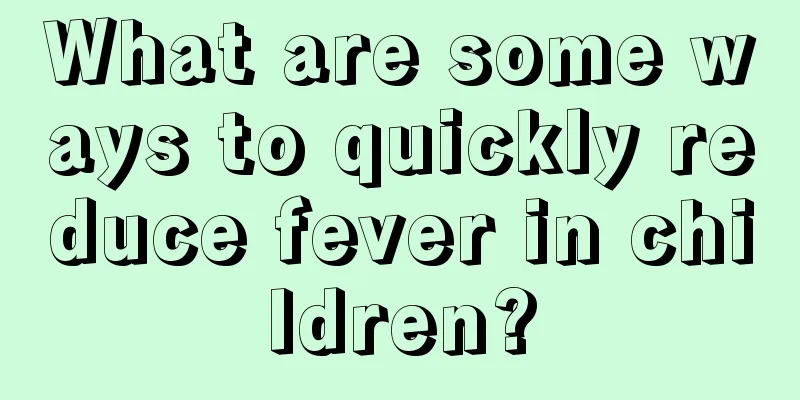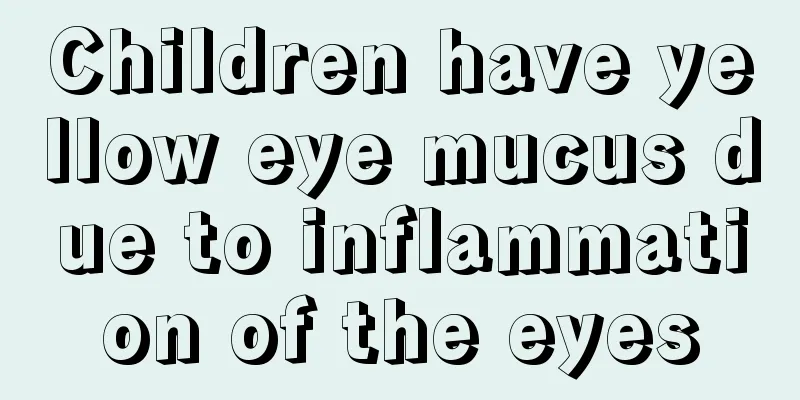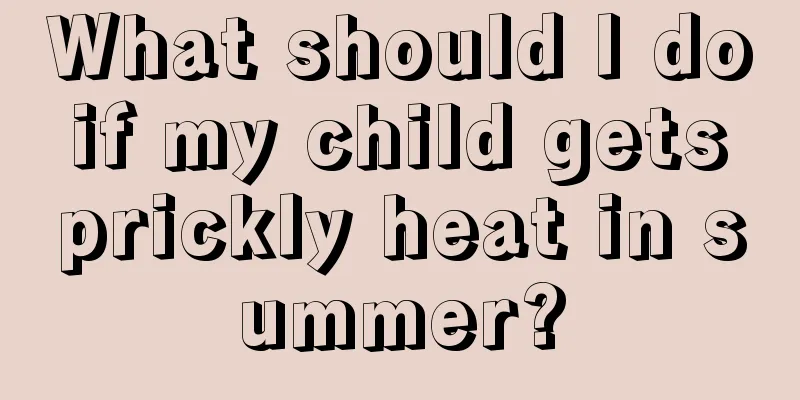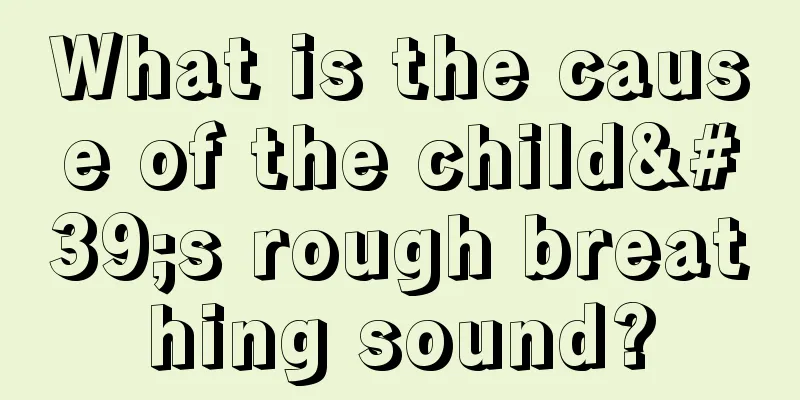What should I do if my child has a high fever and convulsions?

|
Babies are fragile angels, and mothers are afraid that their children will have various problems during their growth, including various physical diseases. For example, the most common high fever can also cause convulsions and other problems. Mothers must be anxious and want to know scientific care methods. So in order to answer mothers’ questions, let’s take a look at what to do if children have a high fever and convulsions. Positioning When your baby has a seizure, lay him or her flat on the bed, making sure he or she does not come into contact with any sharp, hard objects. Later, lay your child on his side to allow him to breathe more easily and prevent saliva or vomit from blocking his trachea. Do not try to pry your child's mouth open; a child who is having a seizure due to a fever or other cause is not in danger of biting his tongue. Ventilate frequently. If your home has air conditioning, maintain the room temperature between 25 and 27 degrees Celsius. You can place your child in an air-conditioned room or use an electric fan to blow around him to slowly lower his body temperature. This will make your child feel more comfortable. But if the limbs are cold and the patient is shivering violently, it means that the patient needs warmth, so he should be covered with a blanket. Take off clothes. If the baby's limbs and hands and feet are warm and the whole body is sweating, it means that the baby needs to dissipate heat and can wear fewer clothes. Apply warm water to undress the baby, and rub the baby's body with a warm towel. This will dilate the blood vessels in the baby's skin and release body heat. In addition, when water vapor evaporates from the body surface, it will also absorb body heat. Drink plenty of water to help promote sweating and prevent dehydration. Water has the function of regulating temperature, which can lower body temperature and replenish water lost in the baby's body. Antipyretic medicine: When the baby's body temperature exceeds 38.5℃, you can use antipyretic medicine appropriately. Please note that the above are emergency treatment measures for babies with fever and convulsions. When the baby has a fever and convulsions, if parents can take necessary measures in time, they can avoid or reduce the complications caused by high temperature convulsions. If the convulsion lasts more than 4 minutes, you should go to the hospital immediately; if it is less than 4 minutes, you can wait until the child feels better and rests for a while before going to the hospital. Now that we know the solution to children's high fever and convulsions, mothers don't have to be at a loss when encountering such situations, nor do they have to worry about incorrect and unscientific methods causing sequelae in their children. At the same time, taking care of children requires not only knowing scientific care methods, but also mothers need to care for them patiently and carefully so that their children can be healthy, grow up happily, and have a wonderful childhood. |
<<: What is the reason for the yellowing of baby's deciduous teeth?
>>: Isotope treatment for infantile hemangioma?
Recommend
What should I do if my child has a fever and talks nonsense?
Children's fever is generally not very seriou...
What causes tinnitus in children?
If a child keeps complaining about noise in his e...
What is the reason for a four-month-old child to have a fever?
Children are most likely to have a fever, especia...
How to train a four-month-old baby who cannot hold his head upright?
When the baby is just born, because the bones hav...
What is the development standard for a two and a half month old baby?
After the baby is born, the family will become wa...
What to do if your newborn baby has dry lips
The weather will become particularly dry in autum...
Why are children's hands and feet cold?
Children's bodies are not fully developed yet...
What to do if a child has viral herpes
Viral herpes in young children is a problem with ...
How to cure a child's fever
Children's fever has become a common occurren...
What should I do if my child's nose is very flat?
Children are relatively young and their appearanc...
How to reduce fever in children with foot joint pain
In fact, not only children will have fever, but a...
What should I do if my baby has diarrhea?
A problem that mothers often encounter is diarrhe...
What is the reason why children cannot concentrate in class?
As early as 1982, Deng Xiaoping put forward the s...
How is umbilical cord formed?
Simply put, umbilical polyp means that a child ha...
What should I do if my child has asthma?
Asthma is a very common respiratory disease. Many...









